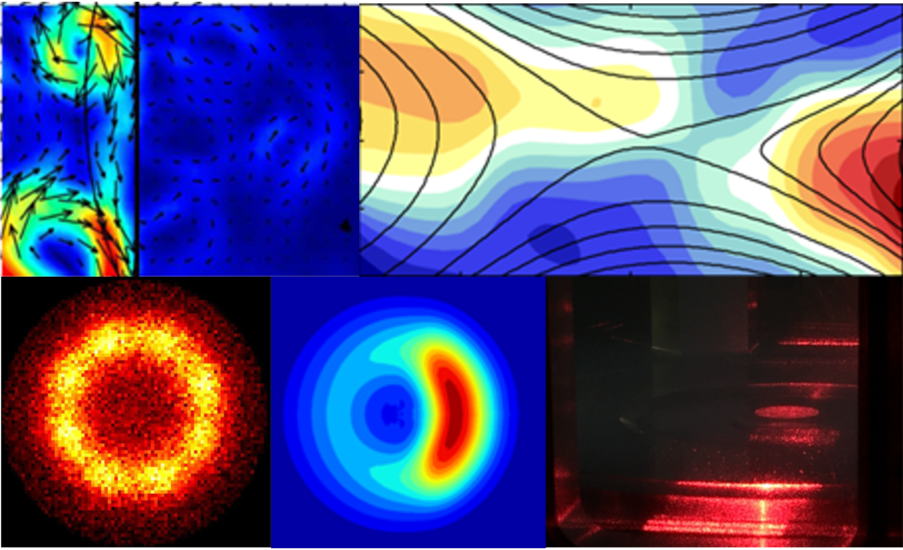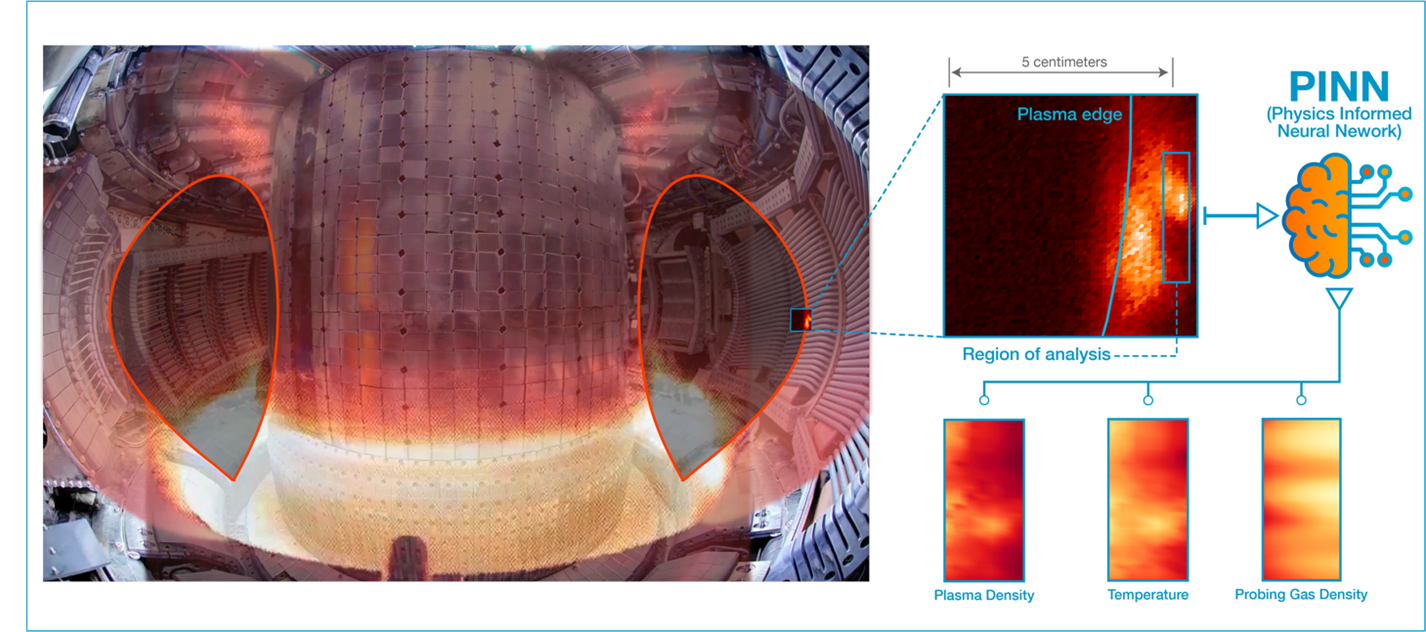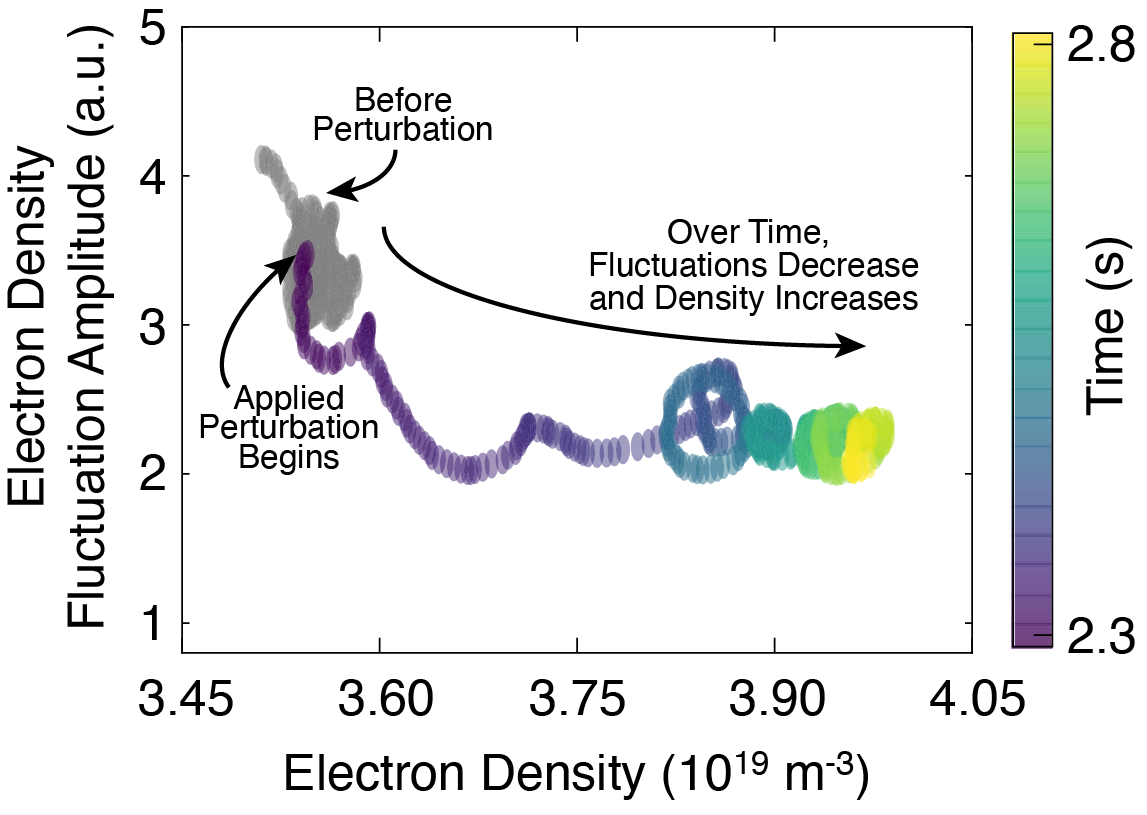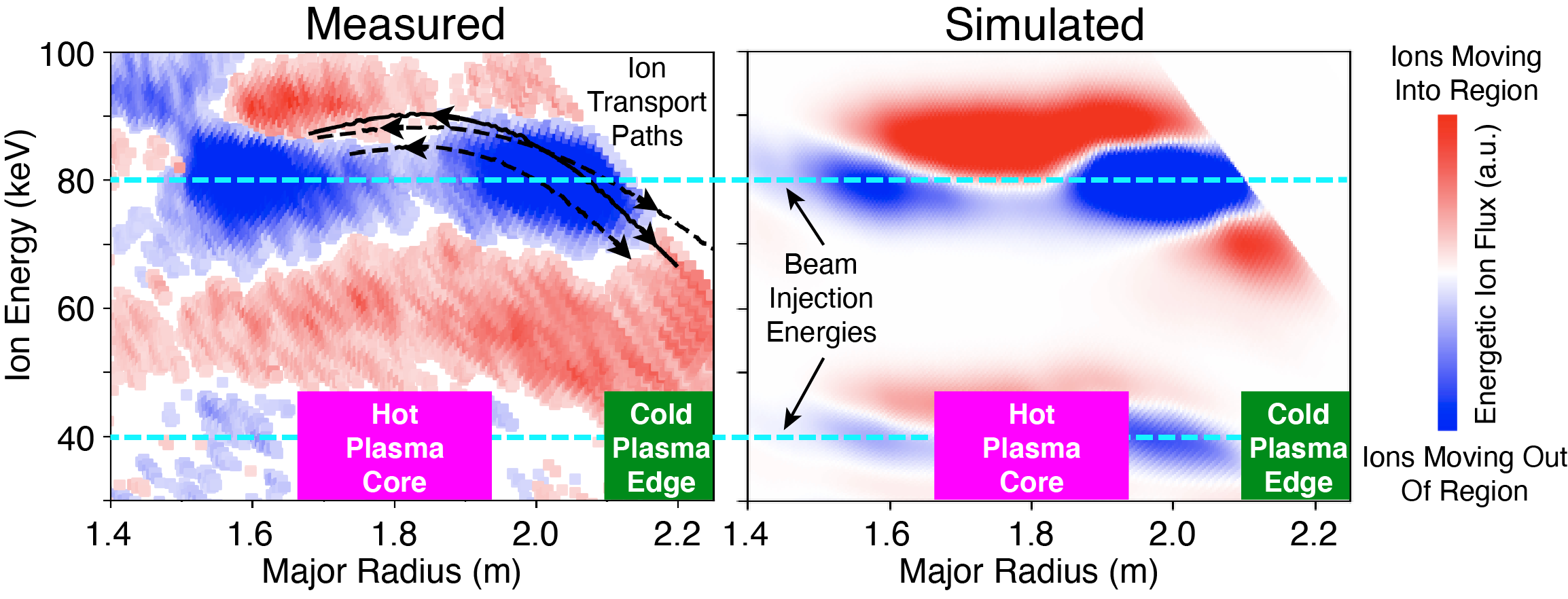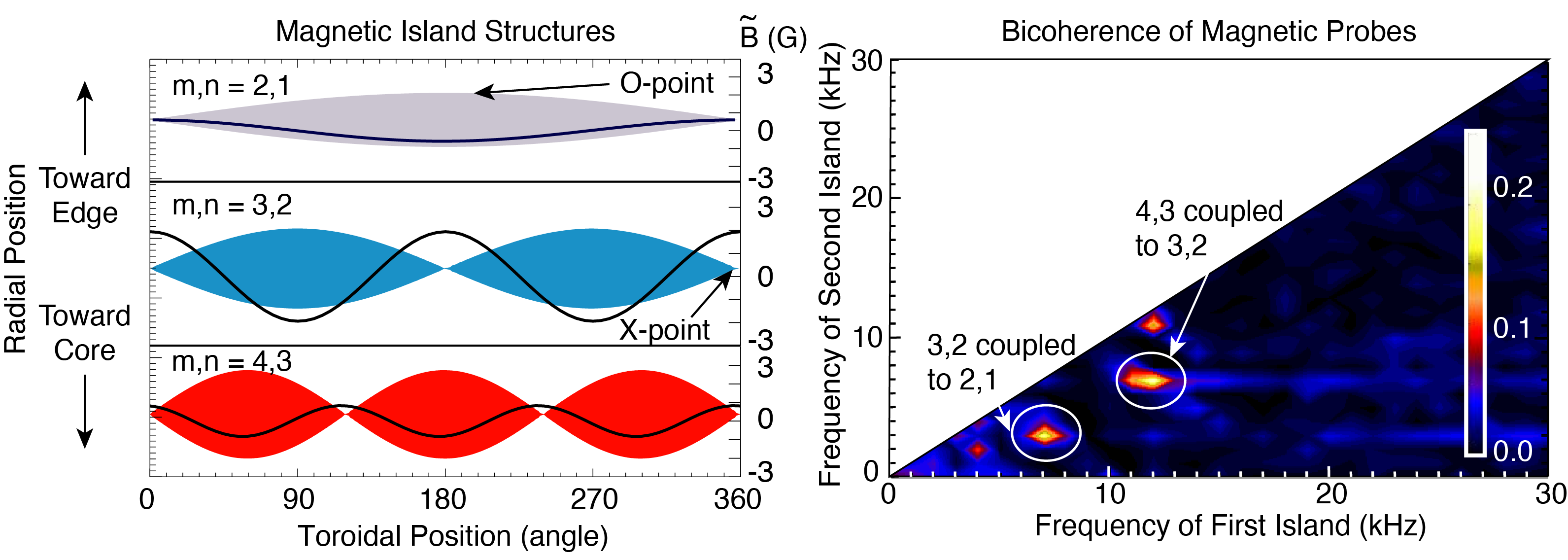The pursuit of fusion energy embraces the challenge of bringing the energy-producing power of a star to earth for the benefit of humankind. The promise is enormous—an energy system whose fuel is obtained from seawater and from plentiful supplies of lithium in the earth, whose resulting radioactivity is modest, and which yields zero carbon emissions to the atmosphere. The pursuit is one of the most challenging programs of scientific research and development that has ever been undertaken. With the support of FES, a devoted, expert, and innovative scientific and engineering workforce has been responsible for the impressive progress in harnessing fusion energy since the earliest fusion experiments over sixty years ago. As a result, we are on the verge of a new age in fusion science during which researchers will undertake fundamental tests of fusion energy’s viability. Establishing a deep scientific understanding of the requirements for harnessing and optimizing this process on earth is critical, and the progress has been dramatic.
The science underpinning much of fusion energy research is plasma physics. Plasmas—the fourth state of matter—are hot gases, hot enough that electrons have been knocked free of atomic nuclei, forming an ensemble of ions and electrons that can conduct electrical currents and can respond to electric and magnetic fields. The science of plasmas is elegant, far-reaching, and impactful. Comprising over 99% of the visible universe, plasmas are also pervasive. It is the state of matter of the sun’s center, corona, and solar flares. Plasma dynamics are at the heart of the extraordinary formation of galactic jets and accretion of stellar material around black holes. On earth it is the stuff of lightning and flames. Plasma physics describes the processes giving rise to the aurora that gently illuminates the far northern and southern nighttime skies. Practical applications of plasmas are found in various forms of lighting and semiconductor manufacturing, and of course plasma televisions.
FES has four strategic goals:
- Advance the fundamental science of magnetically confined plasmas to develop the predictive capability needed for a sustainable fusion energy source;
- Support the development of the scientific understanding required to design and deploy the materials needed to support a burning plasma environment;
- Pursue scientific opportunities and grand challenges in high energy density plasma science to better understand our universe, and to enhance national security and economic competitiveness;
- Increase the fundamental understanding of basic plasma science, including both burning plasma and low temperature plasma science and engineering, to enhance economic competiveness and to create opportunities for a broader range of science-based applications.

